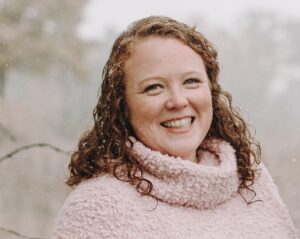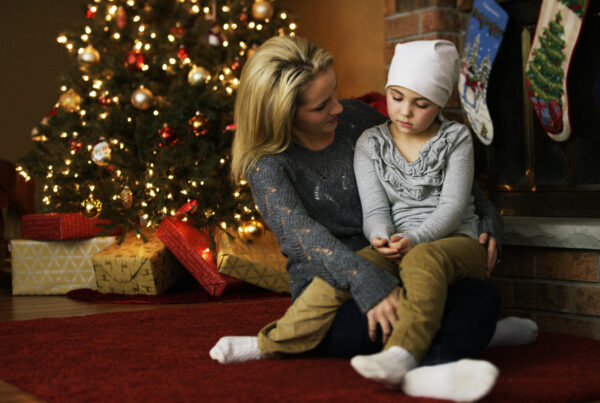By: Betsy Olson
Russ Linden is passionate about collaboration. In his September 18 session, Collaboration Across Boundaries, part of the OneOp 2019 Virtual Conference, Relationships for Readiness, Mr. Linden outlines the components of a collaborative mindset and how to lead in a collaborative environment. In it, he reminds us of a very important truth. When you start a collaborative initiative it takes a significant amount of time for that collaboration to start producing increases in impacts.
We often join in collaborations because we need to increase our capacity to make impacts. The patience it takes to wait for a collaborative to start to produce the intended results requires commitment. How do you foster commitment to a collaboration that is not yet producing the desired results? To do this successfully you must be an effective collaborative leader.
Let’s take a look at the collaborative leadership characteristics that Mr. Linden discusses in the webinar and identify a few evaluative questions that can help us monitor our own leadership style:
- Have great determination and resolve, but keep ego in check
Research has identified a few characteristics that are present when your ego is in check:
-
- Gratitude
1. What things are working well right now? How have I demonstrated gratitude to those that are working on those elements?
2. How do we embed gratitude into our collaborative’s conversations or meetings?
- Gratitude
-
- Humility
1. How have I demonstrated I am open to alternative ideas? How can I ensure we look at multiple ideas before making a decision?
2. What are my limitations? How have I acknowledged them? How can the collaborative help to support the places where I am not an expert - Interdependence
1. What are my collaborative partner(s) concerns right now? How are we working to address them? Do I check in with them regularly to fully understand their concerns?
2. Which of our long-term goals matter most to each of our stakeholders? When do we check in with them on those goals? What mile markers have we put in place monitor our progress? How are we planning to meet those expectations?
3. How can I ensure I ask appropriate follow-up questions to ensure I understand?
4. How are we gathering perspectives from all the players in this collaboration?
5. In what ways are we soliciting feedback? What are the appropriate lines of communication for feedback to get to me? Are these well communicated? How can I be sure that everyone feels comfortable with them?
- Humility
2. Listen carefully to understand other’s perspectives
3. Look for win-win (not win-lose) possibilities
-
- How am I focusing on organizational interests and possibilities rather than personalities and personal positions?
- What mechanisms are in place to ensure we focus this work on mutual interests?
4. Use more “pull” than “push”
-
- What motivates your stakeholders? How does that fit with the long-term goals of this collaboration?
- Can all stakeholders see what is in it for them? In what ways are we keeping those motivations alive in our collaborative work?
5. Think systematically and connect to a higher purpose
-
- What impacts is this collaboration working toward? How can I use that outcome to motivate the work now?
- In what ways does this collaboration fit in with the overall mission of our agency/organization? How will we regularly check in on this part of our work? How can we be sure these continue to be aligned?
Russ Linden shared important content to help us grow as collaborative leaders. In combination with informed evaluative thinking it can support a path toward continuous improvement. Because collaboration is based on human relationships it is a very dynamic and ever changing process. As such it is important not to see collaboration as a destination but as a journey. I hope these questions can serve as effective mile markers in your journey toward collaboration.

Betsy is an Extension Educator, Youth Development, with the University of Minnesota Extension. She works with regional planning and evaluation, as well as design and delivery of youth programs. She is a member of the central region evaluation, diversity and inclusion teams. She leads regional 4-H camp support and collaborates with program coordinators to facilitate the Growing Opportunities Together Volunteers in Vision and Action program planning process. Her current work focuses on using data for program planning, building evaluation capacity, creating high-quality residential camp experiences and collaborating effectively.
Photo source: Adobe stock













